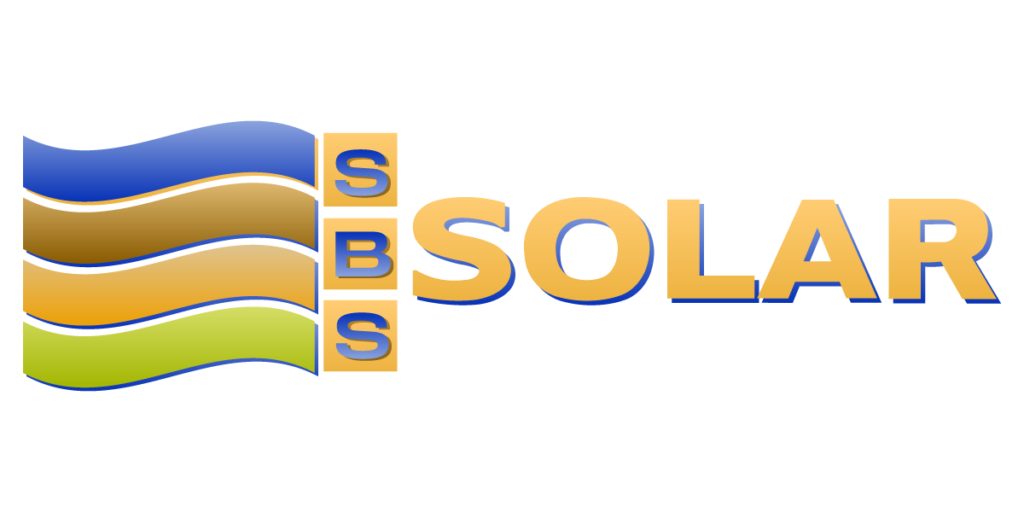Customer Name, location, system size:
Keegan Eisenstadt, Rattlesnake Valley, Missoula, Montana, 3450 watt solar PV system
What turned you on to Solar?
My father was a solar energy engineer in the 70s-80s in New Mexico. They have had water heating panels on their house since then. Additionally, my own work at ClearSky Climate Solutions is related to changing the course of climate change – which is predominantly driven by human demands for energy. The clear need for more distributed generation of power from renewable sources is the most important element to reducing the emissions of greenhouse gases, and leaving a more stable world to my children. Solar is a great way for me to practice what I preach, and also get a great price on power for my house!
What brought you to SBS?
SBS is an innovative, Missoula company that is looking at a holistic approach to analyzing and reducing energy use (and greenhouse gas emissions) of planned and existing structures. My company works to mitigate carbon footprints with its clients, and a linkage to SBS was a natural for us. Once I started learning more about what SBS does, I realized that I needed them to install a system on my home. The solar system install team at SBS proved to be smart, capable and thorough. I also think they are genuinely as excited about my system as I am!!! I know they log into my system’s internet monitoring pages to see how it is performing, not daily as I do (which is great fun!), but at least weekly.
My goals for the system were threefold: 1) make my house a laboratory for how to mitigate climate change with distributed generation of renewable power (which is something I have thought about, talked about, and worked towards for years), 2) give me a better-than-market price on electricity – which it will certainly do, and 3) provide an educational/outreach opportunity for my community to see just how easy it is to make your own power!
The financial incentives available right now for installing domestic alternative energy systems are good: 30% federal tax credit, $500/tax payer state tax credit, NorthWestern Energy grants, and low interest loans available. My system will be financially paid off in 10 years, using a 4% fixed loan from federal stimulus money. The system payback, from the energy created will be between 8-12 years, depending upon how fast prices for energy rise, and the panels on my system have a 25 year warranty. So, my house will make roughly 1/3 of it’s power for free from about year 10 until 25. That’s a good power bill!
What do you like best about your system?
Actually, I’m surprised by this answer. I had no idea how much more aware of energy use in my house I would become. I now see/feel the house using energy….literally with the real-time monitoring tools that are part of the installation. I turn on the stove, microwave, the stereo and I can see the kilowatts used jump. It is amazing……I know that the mot
or in my refrigerator uses about 95 kW, that a big light fixture in the living room is 225 kW, that the microwave and clothes dryer are huge energy HOGS. Frankly, I wasn’t really aware of those things before. I never really internalized the energy demand of things in my house that way. Even being interested in these things, I hadn’t internalized them in a tangible way. It is such a surprise, and I am really enjoying it. I’m sure in time, I will be happier with the cost savings….but right now, I am learning a lot and feeling great about it!
We just finished installing a 3450 watt solar PV system in the Rattlesnake where we employed 16 Enphase micro inverters. Micro inverters offer several advantages over more conventional string inverters.
Each solar module power production is optimized individually so little module mismatching occurs. As well, if one module is shaded from a nearby tree, this one module will have reduced output, not the entire series string of modules as with the larger string inverters. This advantage alone makes a huge difference but the pluses don’t end here.
The Enphase engineers designed one of the coolest monitoring programs found in the PV world. Each individual module reports its power output over the existing AC output wiring to your in home computer or with internet service, this data is directed to the company’s website where current and cumulative data is displayed and stored.
A good graphic says a thousand words so if you are interested check out this link to the Enphase monitoring examples.
For more information on Solar or to talk with Dan:
Dan Brandborg
NABCEP certified Solar installer [email protected]



